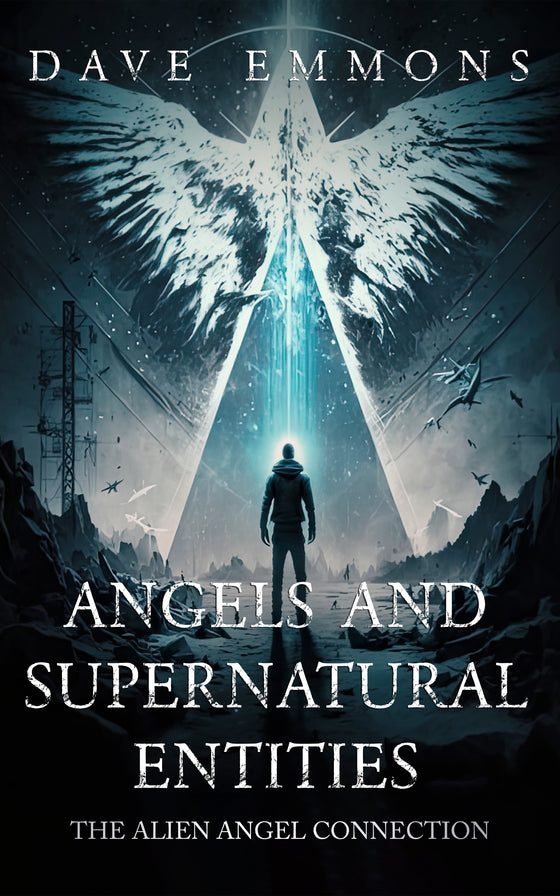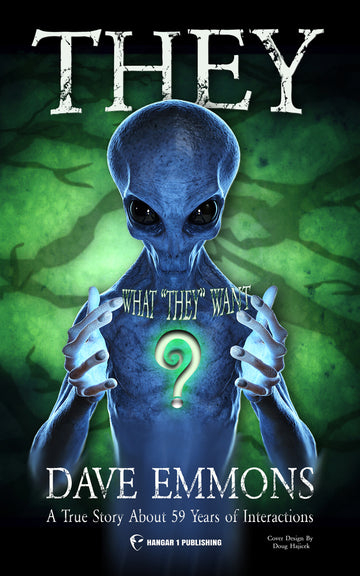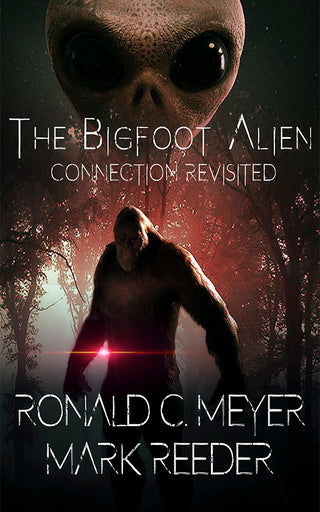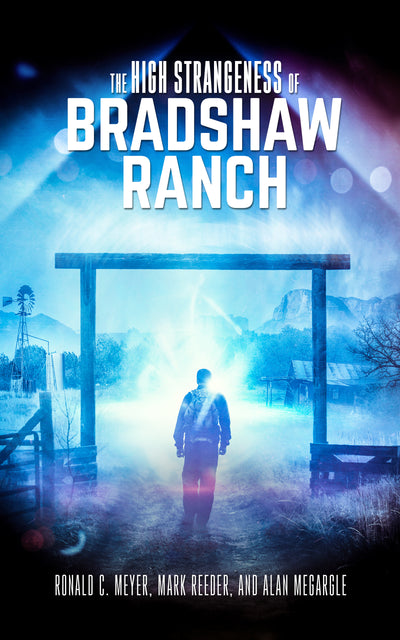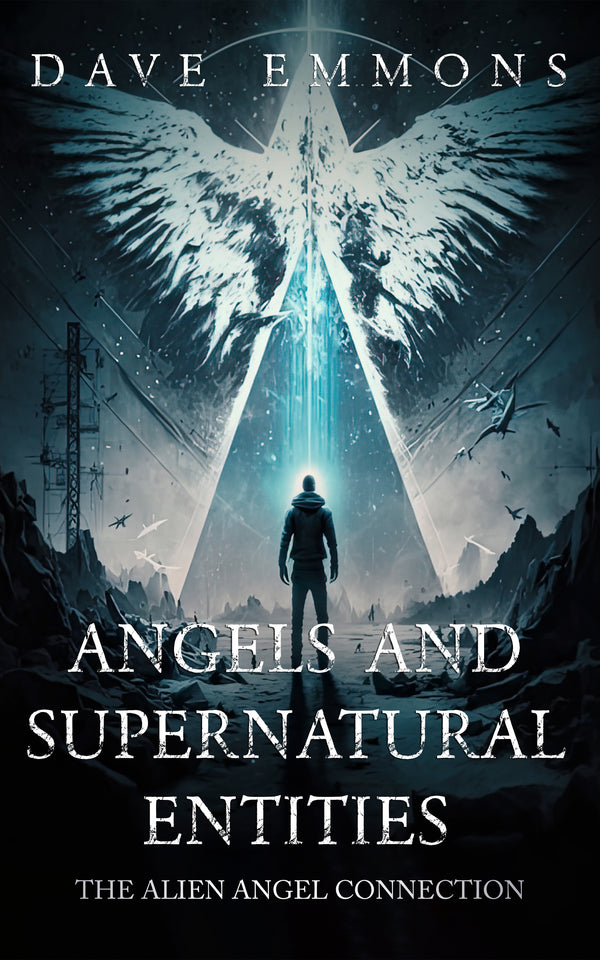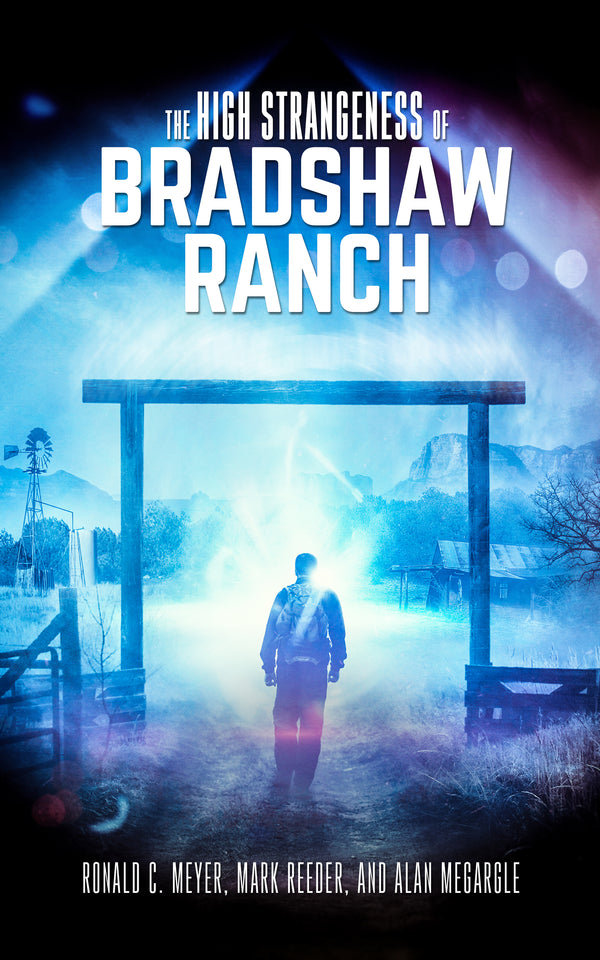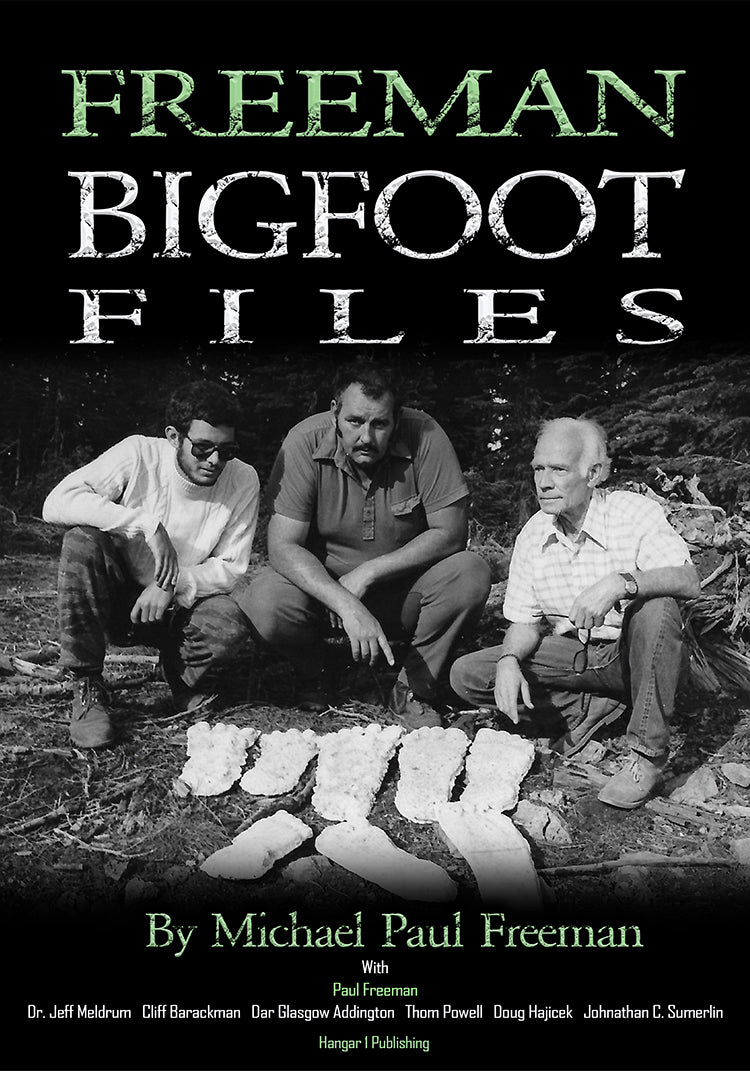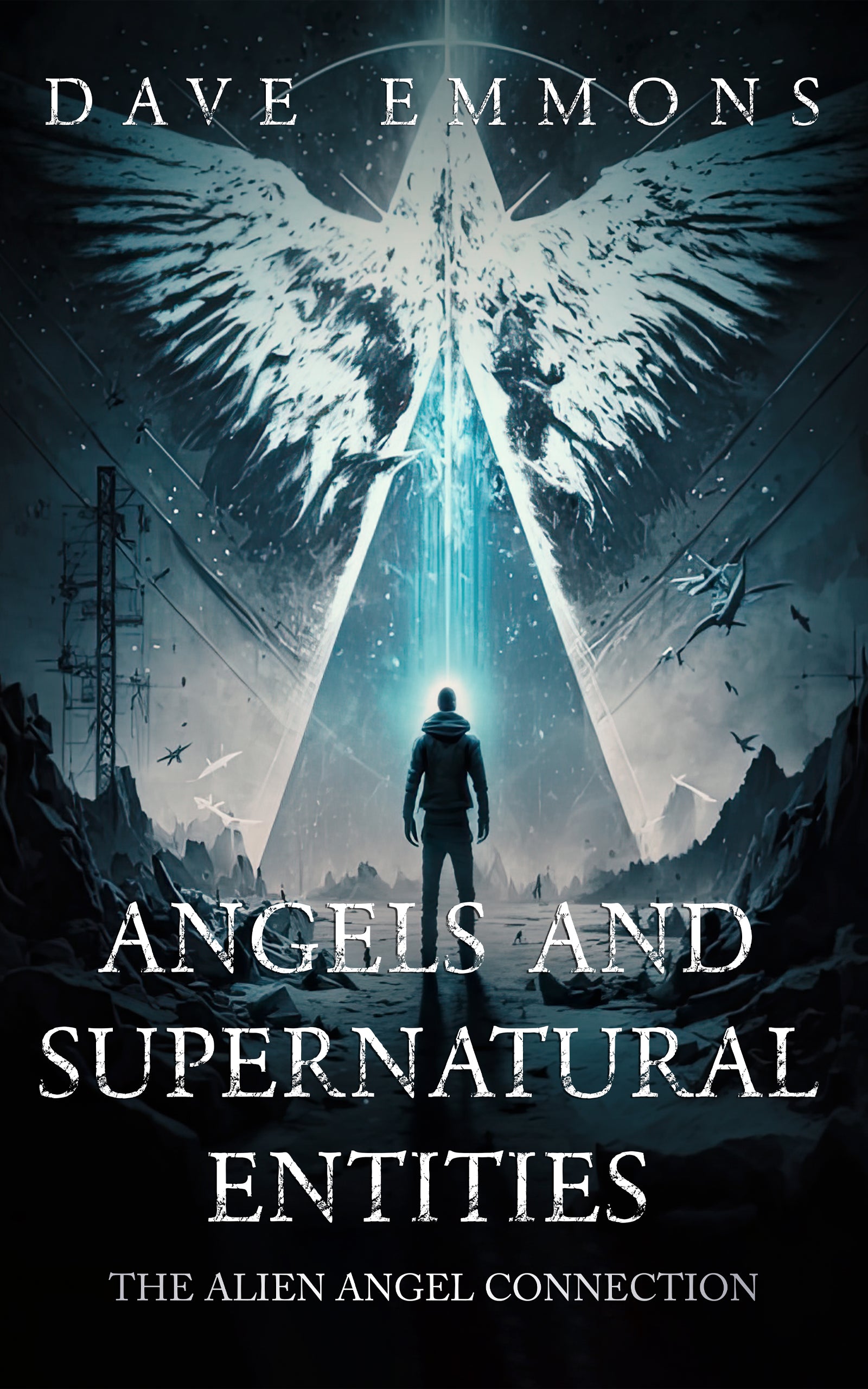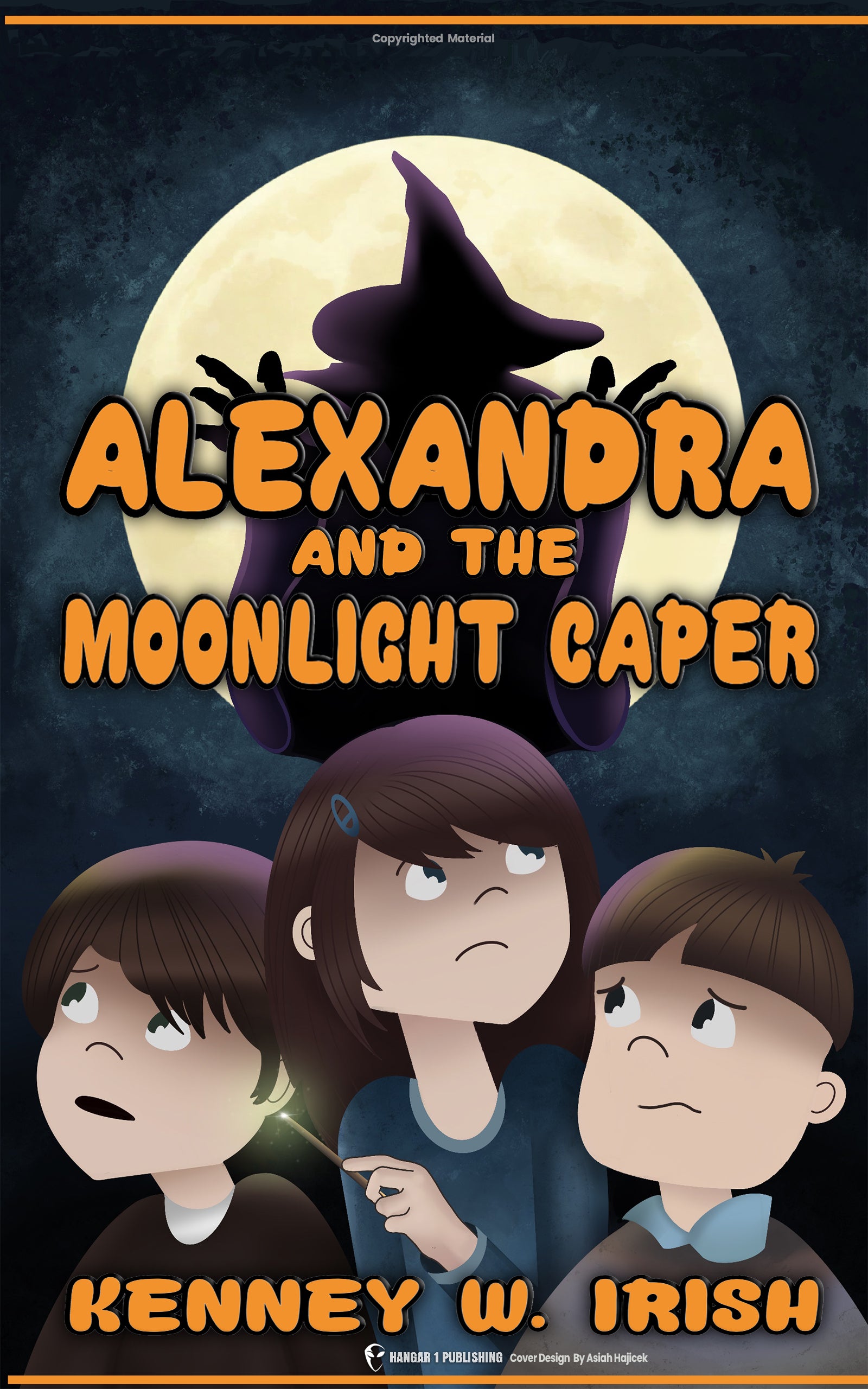Missing Time Phenomena Explained

By Amara Okafor, Ufologist
We’ve all done it, haven’t we? Gotten lost in a project, a conversation, or maybe even a marathon session of World of Warcraft, only to look up and realize hours have vanished. It's that feeling where time just… compresses. But imagine that feeling amplified, stretched into an unnerving void where minutes, hours, or even days disappear entirely from your conscious recall. This isn't just losing track of time; this is "Missing Time Phenomena," a baffling experience reported by individuals worldwide, often intertwined with tales far stranger than any virtual quest. It's a genuine gap, a slice of existence seemingly edited out, leaving behind profound questions: Is this a quirk of our complex minds, an echo of encounters with the unknown, or something profoundly different? Let’s explore the perplexing world of missing time, examining the stories, the proposed explanations, and the unsettling mysteries that remain.
Defining the Void: Understanding the Core of Missing Time
Missing Time isn't simply forgetting where you put your keys or drifting off during a meeting. It represents a genuine chasm in conscious memory, a period where, despite being awake and functioning, an individual cannot account for their actions or experiences. We're talking about spans ranging from disconcerting minutes to stretches lasting a day or more. It’s the feeling described in some accounts, like suddenly finding yourself miles down the road from where you expected to be, with no memory of the intervening journey, as one person recounted about a late-night drive home.
What makes this phenomenon particularly compelling is the potential disconnect between the internal feeling and external reality. It’s one thing to feel like time slipped away, but quite another when objective facts suggest it actually did. Think of the iconic case of Betty and Barney Hill from 1961. They were driving through New Hampshire when they encountered a strange light. It wasn't until later, specifically when the journey's duration was questioned, that they realized their four-hour drive had somehow taken seven hours. They couldn't account for those missing three hours – a tangible discrepancy flagged by others, suggesting more than just subjective perception was at play. Similarly, Airman Robert Matthews reported calling his base, seeing strange lights, and calling again what felt like minutes later, only to be told nearly an hour had passed and a truck sent to pick him up couldn't find him.
Discovering this gap isn't always instantaneous. It’s often a gradual dawning, what researcher John G. Miller terms the "realization event." This might be triggered by checking a clock, realizing a planned activity was missed, or reconstructing events that simply don't add up. Intriguingly, Miller notes this realization can also be sparked by conversations with others who've had similar experiences, or even by exposure to media portrayals of the phenomenon – a point that hints at the complex interplay between personal experience and cultural narrative. This is a far cry from the relatable, if frustrating, feeling of losing a few hours to a game due to "Fear Of Missing Out," as described by one WoW player grappling with a time-limited event; the scale and nature of true Missing Time Phenomena are profoundly different and deeply unsettling for those who experience it.
The Extraterrestrial Connection: Missing Time and Alien Abduction
When conversations turn to missing time, it’s almost impossible to avoid the elephant – or perhaps the little grey alien – in the room. The most sensational and culturally pervasive explanation links these temporal voids directly to encounters with extraterrestrial beings, specifically, alleged alien abductions. This narrative gained significant traction, moving from fringe reports to mainstream discussion largely through the work of investigators like Budd Hopkins.
Budd Hopkins and the Rise of Abduction Research
Hopkins, an artist turned ufologist, became a central figure in the 1970s and '80s. His 1981 book, Missing Time: A Documented Study of UFO Abductions, is considered foundational. He championed the use of regressive hypnosis as a tool to unlock memories supposedly suppressed by the abductees themselves or, more provocatively, intentionally blocked by the alien entities. The theory posits that these beings employ a kind of "memory block" to conceal their activities, a psychic veil that hypnosis could potentially lift. Hopkins wasn't a trained therapist, which drew criticism, but his methods yielded accounts that shaped the public's understanding of abduction.
The Abduction Scenario: Common Elements
What emerged from these hypnotic sessions, conducted by Hopkins and others like him, were narratives startling in their consistency. People from disparate backgrounds, often unaware of each other's stories, described similar sequences of events occurring during their periods of missing time. The "abduction scenario," as outlined by researchers like Thomas E. Bullard and David M. Jacobs, typically involves:
- Forcible capture (Rendering the individual unable to resist)
- Transport to an unfamiliar environment (often interpreted as a spacecraft)
- Invasive medical or scientific examinations (with a peculiar focus on reproductive systems)
- Communication with the beings (often telepathic)
- Sometimes a tour of the vessel
- Finally, a return, often with memories wiped, leading to the discovery of "missing time."
Sometimes, abductees reported being returned to the wrong place, or finding their clothes askew, suggesting, as Hopkins wryly noted, a potential "cosmic application of Murphy's Law."
The "Greys" and Archetypal Alien Descriptions
Central to many of these accounts is the description of the alleged captors: the "Greys." These beings – typically depicted as short, with greyish skin, large, pear-shaped heads, and enormous, black, impenetrable eyes – became the archetypal alien, an image cemented in popular culture largely through the descriptions documented by Hopkins and echoed by countless purported experiencers.
Notable Case Studies
The case studies are numerous and often deeply personal. Betty and Barney Hill's experience, uncovered through hypnosis sessions intended initially to address marital stress, remains the archetype. Then there's Kristina Florence, whose story is particularly compelling due to her initial skepticism. A choreographer from New York, she and her sister experienced missing time during a family trip in the Mojave Desert in 1974 after seeing something strange in the sky. It wasn’t until years later, prompted by her sister discovering Budd Hopkins' work, that she reluctantly agreed to hypnosis. Under regression, she recalled being on a table in a large, spherical room covered in dials, surrounded by figures, while a thin, free-floating screen displayed 3D images of her skull and body. Airman Robert Matthews, stationed at Cape Cod in 1966, also contacted Hopkins after recognizing similarities between his own disturbing childhood memory of a "glowing green figure" and the cover of Hopkins' book. His hypnotic regression filled in the hour missing after he saw strange lights outside Dutra's Market, recalling being taken aboard a craft resembling a "doctor's office" and examined by multiple beings. These cases, along with others like the Travis Walton incident, the Allagash Waterway canoeists, the Pascagoula fishermen, and the mass sighting at Ariel School in Zimbabwe, contribute to a vast body of anecdotal evidence linking missing time to alleged alien encounters.
The Genetic Program Theory
Naturally, the question arises: why? Why would extraterrestrial beings allegedly abduct humans and erase their memories? Hopkins and Jacobs strongly advocated the theory of an ongoing, systematic genetic program. They pointed to the frequent focus on reproductive organs during examinations, reports of sperm and egg extraction, and accounts of abductees being presented with strange, hybrid-looking children – purported offspring resulting from these encounters. Some women even reported disturbing experiences akin to "dummy births" or false pregnancies ending abruptly. The chilling implication was that humans were merely involuntary specimens in a vast, clandestine biological project aimed, perhaps, at saving a declining alien race through crossbreeding.
The Earthly Explanations: Skepticism and Alternative Perspectives
While the alien abduction narrative is undeniably dramatic and has captured the public imagination, it's far from the only explanation on the table. Skeptics and many mainstream scientists argue that the phenomenon of missing time, and the bizarre experiences often associated with it, can be understood through more terrestrial, psychological lenses.
Critiques of Hypnotic Regression
The heavy reliance on hypnotic regression is a major point of contention. Since the 1990s, the scientific consensus has largely recognized that hypnosis is not a foolproof method for accurate memory retrieval. Instead, it can be highly susceptible to suggestion and prone to creating "false memories" – recollections that feel entirely real to the individual but don't correspond to actual events. Critics pointed out that therapists, even well-meaning ones, might unintentionally guide subjects towards narratives that align with pre-existing beliefs about UFOs and abduction. Dr. Martin Riser, a psychologist who reviewed tapes of Bud Hopkins' sessions, noted that Hopkins' manner communicated a belief in the phenomenon, potentially influencing the subjects. The fact that Hopkins himself was an artist, not a trained psychologist or counselor, further fueled concerns about undue influence and the potential for confabulation – the brain's tendency to fill in memory gaps with plausible, albeit fabricated, details.
Psychological Explanations: Dissociation and Sleep Paralysis
Beyond the issues with hypnosis, psychology offers alternative explanations for the experience of missing time itself. Severe Dissociative Amnesia is a recognized, albeit rare, condition where individuals experience significant memory gaps, often related to trauma or stress. Holly Gray, diagnosed with Dissociative Identity Disorder, described missing chunks of time, sometimes nearly a week, without realizing it until confronted with contradictory evidence. Her experience underscores that profound memory loss can occur without any external or supernatural intervention. Sleep paralysis is another candidate. This common experience, occurring when waking up or falling asleep, involves temporary muscle atonia coupled with often terrifying hypnagogic or hypnopompic hallucinations – seeing figures in the room, feeling pressure, hearing strange noises, feeling unable to move – which bear a striking resemblance to elements of reported abduction scenarios, especially those occurring at night in bed.
The Role of Culture and Media
The cultural environment also likely plays a significant role. Skeptics like Robert Sheaffer note that many tropes found in abduction narratives – the appearance of the aliens, the medical examinations, the mind control – were present in science fiction long before abduction reports became widespread. Films like 1953's Invaders From Mars, which depicted large-headed Martians capturing humans and altering their behaviour, predate the modern abduction phenomenon. Could exposure to such stories, consciously or unconsciously, provide a script for interpreting unusual or frightening experiences? The surge in abduction reports during the 1970s and '80s coincided not only with the popularization of hypnosis but also with a boom in UFO and alien-related media. The very "realization event" that marks someone identifying as an abductee is often triggered by consuming this type of media or talking to other believers, suggesting a form of social or cultural reinforcement.
Lack of Conclusive Physical Evidence
Even the alleged physical evidence, like "scoop marks" or supposed implants, often crumbles under scrutiny. Many marks can be attributed to mundane causes, injuries, or skin conditions. The search for alien implants, notably pursued by figures like Dr. Roger Lear, has largely failed to produce conclusive evidence, with many alleged implants turning out to be ordinary objects or materials. PBS Nova famously offered abductees working with Budd Hopkins, who claimed to have implants, the chance to undergo MRI and radiological tests under medical supervision; tellingly, no one took them up on the offer. Ultimately, the inherent fallibility of human memory itself casts doubt on accounts based solely on recollection, especially when dealing with experiences that are traumatic, confusing, or recalled under suggestive circumstances.
Beyond the Obvious: Other Intriging Facets and Theories
While the debate often polarizes between alien encounters and psychological explanations, the phenomenon of missing time sometimes presents facets that don't fit neatly into either box, pushing the boundaries of our understanding.
Localized Time Distortion
One particularly curious element, mentioned in less mainstream discussions like those found on forums like Alien Hub, is the claim that it's not just human memory that's affected, but potentially physical time itself. Some accounts allege that clocks associated with the experiencer also stopped or slowed during the period of missing time. This shifts the focus from a purely internal, psychological event to an external, physical anomaly. While highly speculative and lacking rigorous proof, the idea of localized time distortion is fascinating because it challenges conventional physics and points towards something potentially far stranger than either abduction or dissociation. If true, it would demand explanations beyond our current grasp of neurology or psychology.
Human Deception and Staged Events
Another avenue explores the possibility of deception – not by aliens, but by humans. Could some reported abduction experiences, complete with missing time, actually be staged events, perhaps by government or military entities conducting clandestine experiments or psychological operations? The research mentions the possibility of a declassified CIA document detailing staged alien abductions in South America. While needing verification, this concept introduces a layer of terrestrial conspiracy, using the culturally resonant fear of aliens as a smokescreen for hidden agendas. It's a chilling thought: the terror might be real, but the perpetrators closer to home.
Spiritual and Interdimensional Interpretations
Furthermore, not all interpretations of these encounters fall under the banner of extraterrestrial science. Some individuals describe their experiences in more spiritual or interdimensional terms. Accounts like that of Chris Bledsoe, who felt his encounters were more akin to interactions with angelic or divine beings, suggest a different framework. Conversely, some religious perspectives interpret these phenomena, including the appearance of seemingly non-human entities and missing time, as demonic manifestations, drawing parallels to historical accounts of encounters with faeries or incubi. These interpretations, while deeply meaningful to the individuals, remain highly subjective and largely outside the scope of conventional scientific investigation.
The Impact on the Individual
Regardless of the ultimate cause – be it neurological, psychological, extraterrestrial, interdimensional, or even orchestrated human activity – the impact on the person experiencing missing time is undeniable. The confusion, fear, and violation reported by many are profound. Support groups have emerged to help individuals cope with the aftermath, providing a community for those grappling with experiences often met with ridicule or disbelief. As Kristina Florence emphasized, despite the bizarre, unexplained event in her past, she went on to live a perfectly normal life – a testament to the resilience required to integrate such profoundly disruptive experiences. The distress is real, even if the explanation remains elusive.
The Enduring Mystery: Looking for Answers in the Absence of Proof
What becomes clear when examining Missing Time Phenomena is the persistent lack of definitive answers. We are faced with compelling personal testimonies, patterns in reported experiences, and a range of explanations from the psychological to the extraordinary, yet irrefutable, objective proof remains stubbornly out of reach. This absence of hard evidence is the central challenge. Eyewitness accounts, especially those recovered through controversial methods like hypnosis or filtered through trauma and the passage of time, are inherently difficult to verify. Alleged physical traces are often ambiguous or explainable by mundane causes.
This evidentiary vacuum leads to frustration on all sides. Figures like Budd Hopkins argued passionately that the sheer volume and consistency of reports demanded serious investigation by the mainstream scientific community, even if only to debunk the claims definitively. He felt phenomena like missing time shouldn't be left solely to independent researchers or therapists operating outside conventional frameworks. Psychiatrist John E. Mack echoed this sentiment, suggesting that the "entire range of phenomena," including associated UFO sightings and occurrences in young children, needed a comprehensive explanation that went beyond dismissing individual cases based on isolated factors.
Perhaps the enduring nature of this mystery points towards the limits of our current understanding. Our grasp of the human brain, the nuances of consciousness, the nature of memory, and even the fundamental structure of time and reality is far from complete. Could these unexplained temporal gaps, these moments seemingly plucked from existence, hint at psychological processes we haven't yet mapped, or even, as some speculate, interactions with aspects of reality beyond our everyday perception?
The search for answers requires a delicate balance. We need open-mindedness to consider possibilities that challenge our assumptions, whether they lie in the complexities of the human psyche or the vast unknowns of the cosmos. Simultaneously, critical thinking and a demand for rigorous, verifiable evidence are essential to avoid falling prey to speculation, cultural biases, or wishful thinking. Missing Time Phenomena remains a potent reminder that there are still profound questions about our experience of reality itself, waiting in the spaces where memory falters and time seems to bend.
From Bigfoot to UFOs: Hangar 1 Publishing Has You Covered!
Explore Untold Stories: Venture into the world of UFOs, cryptids, Bigfoot, and beyond. Every story is a journey into the extraordinary.
Immersive Book Technology: Experience real videos, sights, and sounds within our books. Its not just reading; its an adventure.








